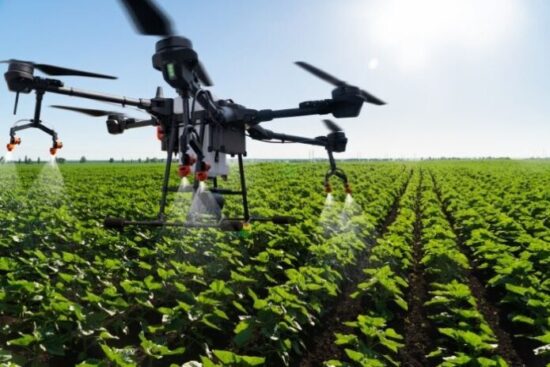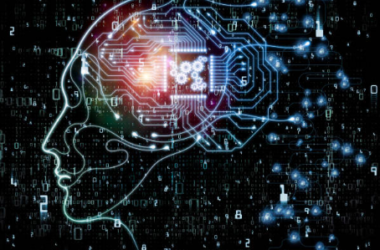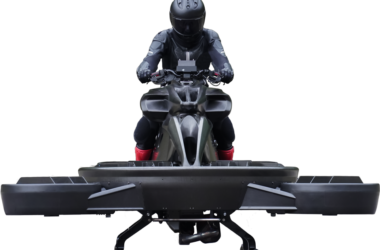Farming is no longer the crude, uncivilized laborious job for the supposedly rural settlers in society. The advent of technology in agriculture has turned agricultural activities into the new oil exploration by enhancing crop yield and revenue generation through digitalized farming and farm management.
The use of technology in agriculture has also enhanced overall productivity by minimizing labour, reducing financial costs and maximizing profit for agribusinesses.
Technology in agriculture, otherwise known as smart farming, is the use of software and equipment to maximize and automate normal farming operations. Smart farming also entails taking advantage of Artificial Intelligence, IoT, drones and satellites.
The orientation of agriculture is changing with the use of highly sophisticated robots, sensors, aerial imaging and even GPS technology.
Robots
Farm robots can work as farm labourers, allowing farmers more time to focus on improving overall production yields. Farm robots perform work faster with greater efficiency.
Farm robots have sound, visual systems to easily identify what human labourers may not be able to notice. For example, a robot designed to harvest pepper would perform as much as it would, even in harsh environmental conditions or other factors that may impede vision.
GPS
Another smart farming feature is GPS technology, built into farm machineries such as self-driving sprayers and tractors so that they can operate without any human driver. GPS can also track the status of the farmland, and it helps monitor the farm’s yield and records application rate of farm inputs.
Sensors
Crop sensors informs the farmer of the plant’s specific deficiency, they also detect the sensation of plants and aid in reducing leaching. Sensors also help to monitor environmental changes in the plant. It is alright to say that crop sensors act as the mouthpiece of plants to notify the farmer about the needed resources.
Digital Pheromone Trap
Digital pheromone traps use machine learning and Internet of Things (IoT) to detect, identify and trap farm pests. It is built with sticky papers, in-built cameras and various software systems.
Drones and Satellites
Drones and satellites provide a good aerial view of the farm, data mapping and supply visual information on crop health assessment. Farm drones are used to travel across farmlands.
Others
Other farming technologies include bee vectoring technologies, livestock farming technology, real-time kinematic technology and water management technology. Irrigation sprinkler is one of the water management technology developed to supply sufficient water to the farmland.
Machine learning and AI also help to predict climate changes, soil and water changes, pest infestation, and disease spread, among others. With the benefit of technology in agriculture, it is still underutilized, so how can smart farming be applicable to all and sundry?
Join the conversation; follow us on Facebook, Instagram, and Twitter at GoSpeedHub.
Photo By Coruzant Technologies









